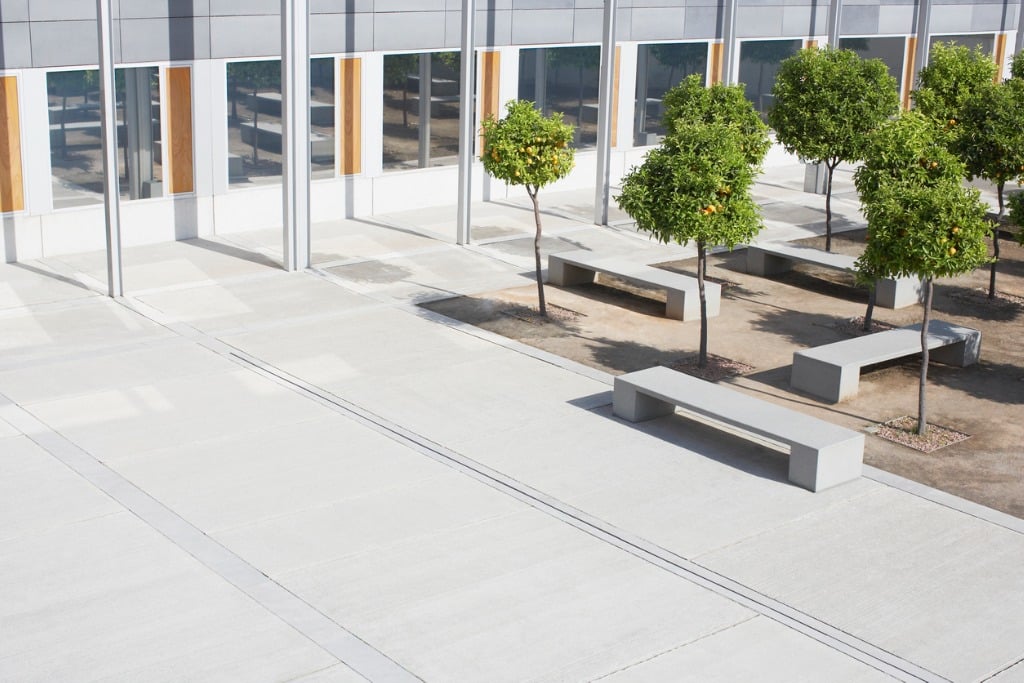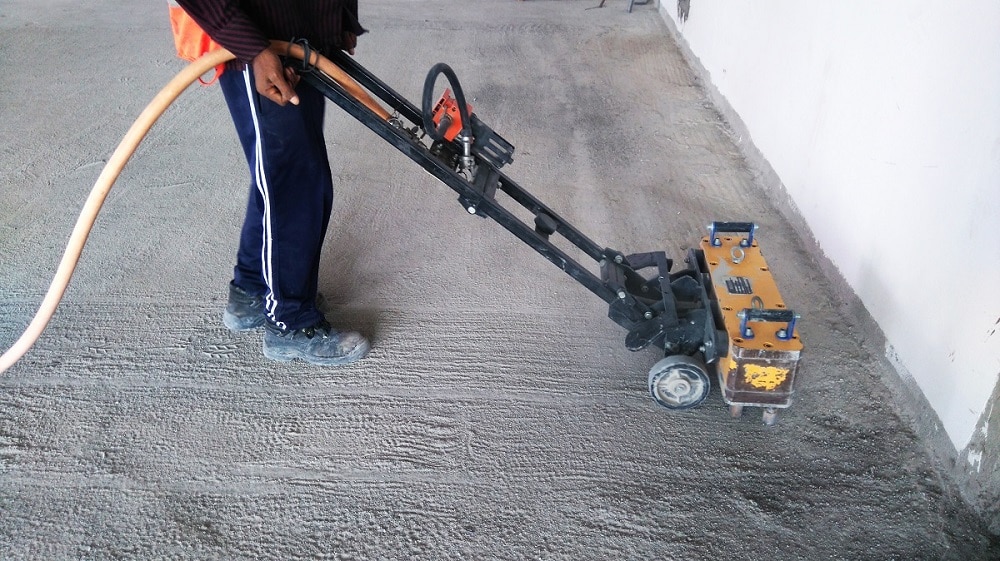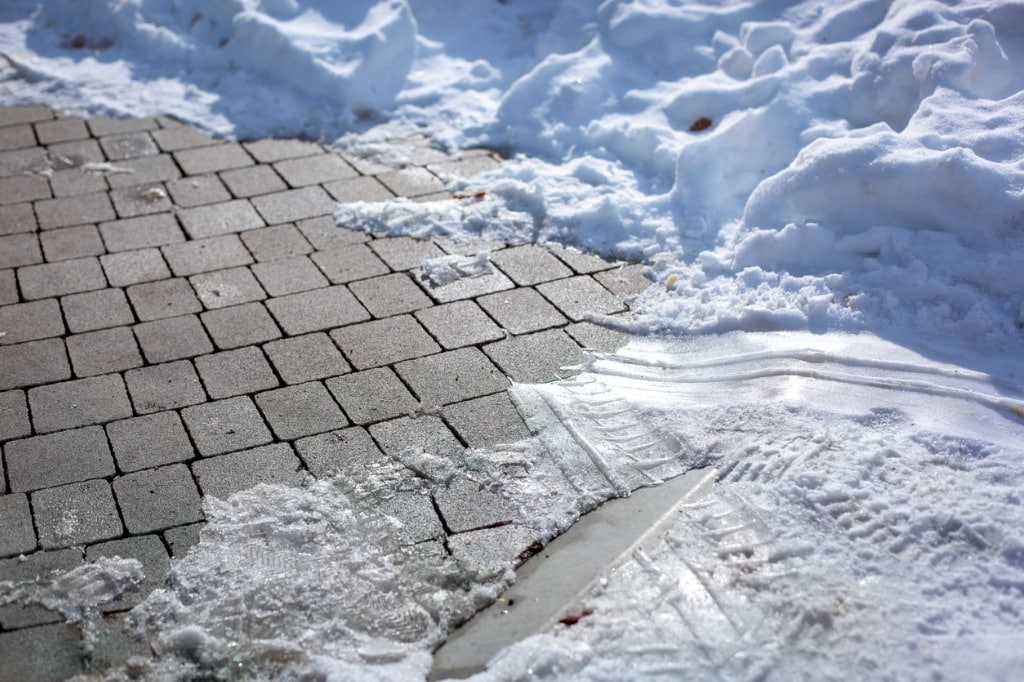Both asphalt and concrete are common construction materials used for different kinds of construction projects.…
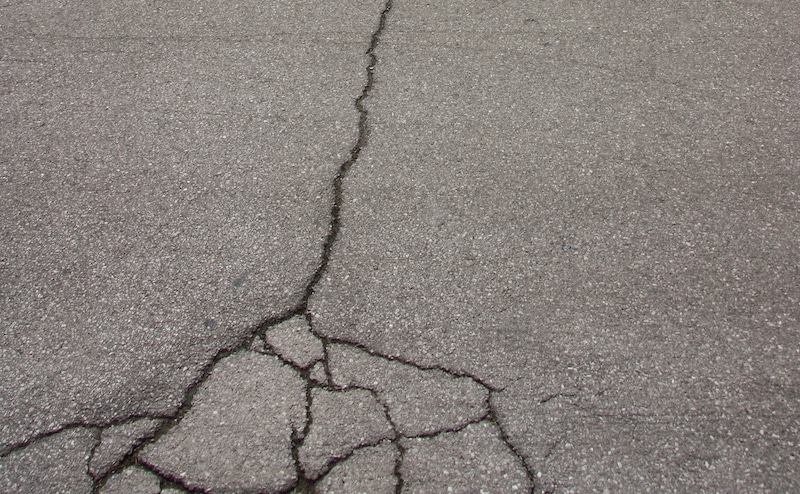
Sun Damage: Its Impact on Concrete and How to Prevent It
When it comes to flooring, concrete is always the safest choice. It goes well with any building design, from warm and rustic to monochromatic and contemporary. Concrete is also quite affordable, costing about $2 to $6 per square foot for a basic design. It is also well-regarded for its durability. It can brave the elements better than carpets and wood, even more so when it is properly installed and coated with sealant by a professional team. Spills can easily be remedied with a quick mop. No wonder it is the most widely used man-made material in the world.
Despite its many benefits, concrete is not a perfect material. Though it is durable against spills and stains, it may be vulnerable to the sun when exposed for prolonged periods. Here is why it happens and how you can prevent it.
Concrete Degradation from the Sun
The sun can degrade your concrete patio or sidewalk throughout all its stages.
- Excessive Evaporation — During the curing process, the heat from direct sunlight can cause water to evaporate too much and too early. It gives the water less time to strengthen the concrete’s structure. The result is a shrunken and cracked concrete floor that is not only unsightly but also unsafe to use.
- Sealant Damage — Damage can happen even after the concrete is cured and sealed. The sun’s ultraviolet rays can break down bonds in the concrete’s coating and structure. It changes the chemical structure of coatings, especially epoxy-based ones, causing them to lose their adhesion to the concrete itself. They are much easier to get scraped or washed off in this state.
- Exposure to Moisture — When sealants get washed off, the bare concrete is exposed to water and other sources of moisture, leading to cracks and potholes. This is because bare concrete has millions of tiny pores into which water can seep through. And when that water contains carbon dioxide or salt, it creates a reaction that degrades the structure of your floor. Moisture also contributes to mold growth, which creates more spaces and holes in the concrete.
- Radiation vs. Bare Concrete — Apart from cracking, ultraviolet radiation can weaken the concrete and slowly break it down to dust. You may also notice that the pigments you applied on the surface fade when exposed to sunlight for a long time.
Ultimately, exposure to intense heat and ultraviolet rays from the sun will decrease the lifespan of your concrete floor, even if it is sealed. So, what can you do to deal with this issue?
How to Prevent Sun Damage on Concrete
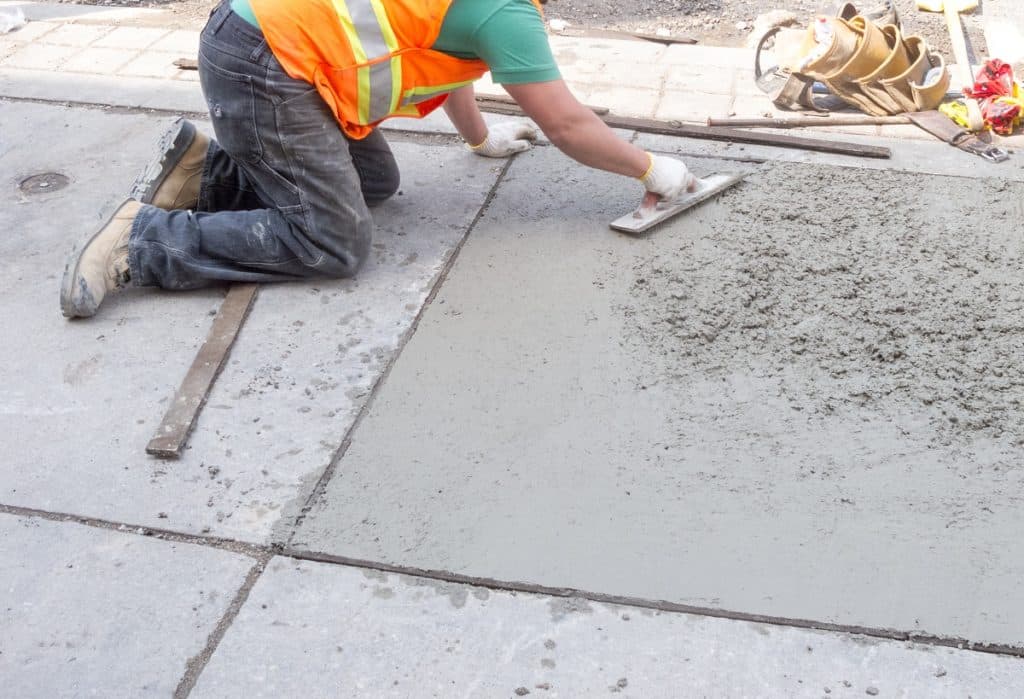
The best way to deal with the sun’s nasty effects on your patio or sidewalk floor is to prevent them.
- Improve Your Curing Process — Direct sunlight may cause freshly-poured concrete to lose a lot of moisture during its curing process. This procedure can take up to 28 to 30 days. It’s vital to keep your concrete floor protected during this time. Professionals often lay down what is called a curing blanket on the fresh concrete. A curing blanket is made from polyethylene with foam lining. It acts as a shade that prevents direct sunlight from touching the concrete. It also functions as an insulator that keeps the concrete cool throughout the day, minimizing evaporation.
- Use Better Sealants — As discussed earlier, some sealants may break down when exposed to the sun’s ultraviolet rays for a long time. Check the sealants you or your flooring contractor buys. Make sure they have UV-resistant qualities. Once you have this feature locked in, you may move on to other features.
If you’re using pigment for your flooring, acrylic sealant can help preserve its color. You could also get sealants that penetrate your concrete to protect it from further moisture damage. If your floor is exposed consistently to high-foot traffic and chemicals, use epoxy or urethane-based sealants to keep your floor safe from daily wear and tear.
- Maintain Your Floor — Sealed concrete floors may be durable, but they are not impervious. They still need to be carefully maintained. Ask your contractor which brand of cleaner they use for floors. If you want to play it safe, use a pH-neutral cleaner. Avoid ammonia, citrus, or bleach-based ones, as they may react with your sealant and concrete. Use microfiber cloth when mopping your floors to minimize wear on your floor while cleaning it.
If your floor has minor scratches from traffic, fill them up with industry-grade floor wax. Most brands in the market are safe to use on sealed surfaces. If your concrete has large scuffs, you might need to reseal it. This involves removing all dirt and oil from the concrete, stripping the floor of its existing sealant, and reapplying a new coat of sealant. Even if do not see any damage, experts recommend resealing your floor every year or so to keep it in tip-top shape. However, this is a difficult and time-consuming process. It should definitely be handled by a professional concrete paver to avoid any damaging mistakes.
- Make the Necessary Repairs — If your floor has not been maintained in a while, it may sustain UV and moisture damage, creating cracks on the concrete. This issue opens up the lower levels of the floor to further damage. It can be remedied by topping the crack up with caulk or liquid filler. You could also use a small amount of sealant to reseal the affected area. However, the result may create an uneven surface. It is a necessary compromise if you want to keep your floor sturdy.
Concrete is one of the most versatile and durable materials you can use for your floor. When sealed, it can easily resist spills and stains with a simple wipe or mop. However, the material and its sealants are vulnerable to heat and ultraviolet radiation from the sun, leaving your floor with almost irreparable damage. Quash these issues before they plague your floor by improving your curing process. You may do this by using a UV-resistant sealant, creating a proper maintenance plan, and getting repairs done before they do serious damage. Finally, get help from professionals if your concrete problems become too overwhelming.
These methods may take a lot of time, effort, and money to do, but they are worth it if it means keeping your floor not only beautiful but also completely safe for everyone.
Get Expert Concrete Floor Installation and Maintenance
Your floor is one of the most important parts of your property. It sets up the overall look of a home or business while giving people a safe platform to walk on. As such, it should only be installed, maintained, and repaired by expert contractors like K&E Flatwork LLC. We offer expert concrete flooring services for commercial property owners and managers in Kansas City. We have accomplished more than 10,000 projects with 100% satisfaction from clients. Experience superior concrete and construction quality from us today.
Call our Kansas City office at (816) 746-8100 to submit a business inquiry.

